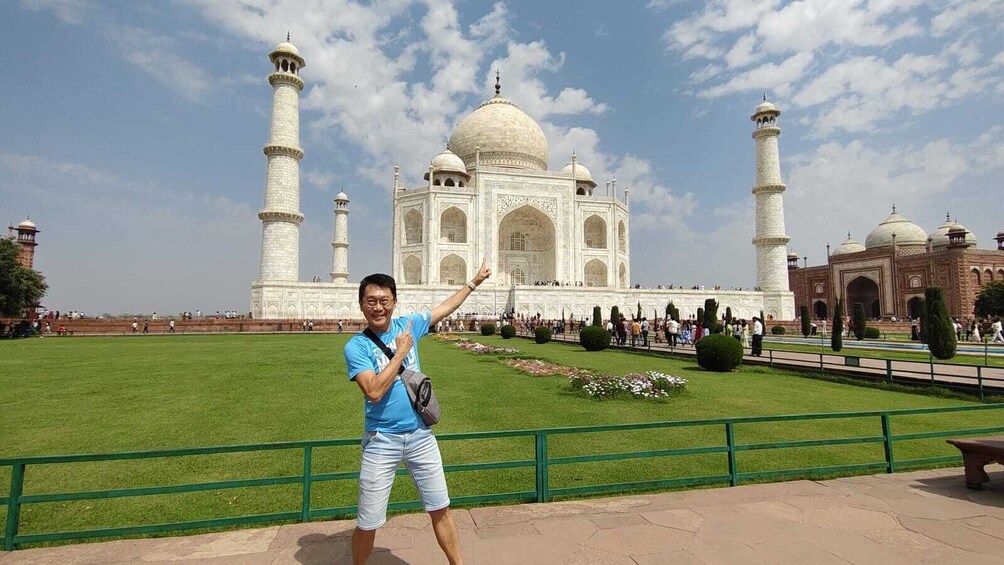Acumula crédito OneKeyCash al iniciar sesión y reservar una actividad





Viaje a Mughal durante 2 días Delhi y Agra
Taj Mahal the Pride of India Tours
Cancelación gratuita disponible
Características
Datos generales
Ubicación de la actividad
Punto de canje/encuentro
Ver disponibilidad
Excursión al exótico Taj Mahal de 2 días en Delhi y Agra con todo incluido
Opciones de idioma: Español
Detalles del precio
$568.49 x 1 persona$568.49
Total
Excursión al exótico Taj Mahal de 2 días en Delhi y Agra con todo incluido
Opciones de idioma: Inglés
Detalles del precio
$568.49 x 1 persona$568.49
Total
Excursión al exótico Taj Mahal de 2 días en Delhi y Agra con todo incluido
Opciones de idioma: Francés
Detalles del precio
$568.49 x 1 persona$568.49
Total
Excursión al exótico Taj Mahal de 2 días en Delhi y Agra con todo incluido
Opciones de idioma: Ruso
Detalles del precio
$568.49 x 1 persona$568.49
Total
Excursión al exótico Taj Mahal de 2 días en Delhi y Agra con todo incluido
Opciones de idioma: Alemán
Detalles del precio
$568.49 x 1 persona$568.49
Total
Qué incluye o no
Información útil para antes de reservar
- 18 a 75
- Dios para una persona físicamente fuerte